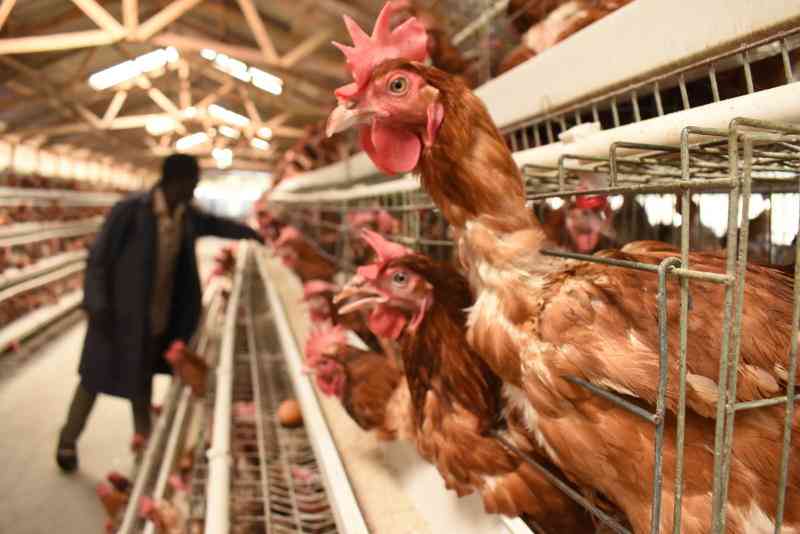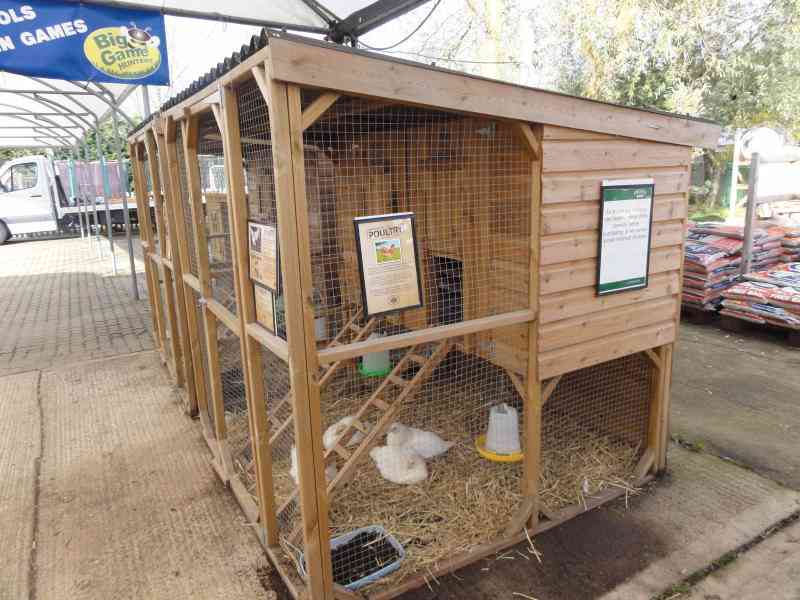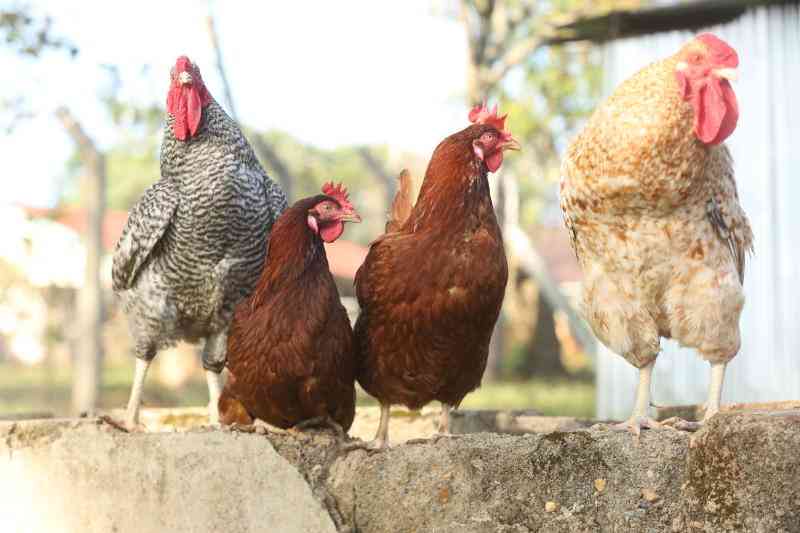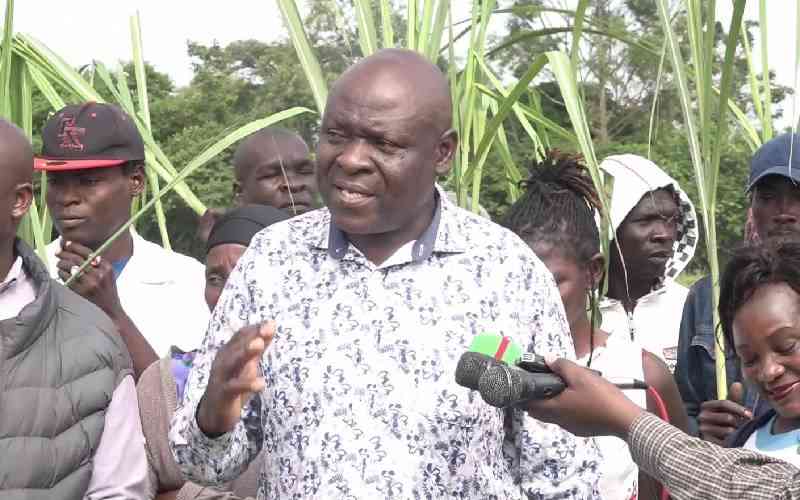On several occasions I have been involved in cases of vaccine failure in poultry - either due to poor administration techniques of the vaccine or due to break of the “cold chain”. Cold chain refers to the temperature-controlled supply chain under which a vaccine should be transported and stored from the time of production until it gets to be administered in the farm.
The vaccine should be refrigerated at temperatures between three and eight degrees celcius. If this is not observed then the quality and potency of the vaccine is tampered with and possibilities of vaccine failure are high.
My client, Mr Mutua, recently bought one-month-old improved kienyeji chicks from a farmer who offers brooding services. According to Mr Mutua, the chicks were growing and performing well until they got to the age of two months when they started having bloody diarrhoea. He consulted his vet who diagnosed the problem as coccidiosis and put them on Amprolium, one of the drugs used to treat coccidia infections.
The same week, he lost close to 30 chicks. A postmortem report on the chicks concluded the cause of death was gumboro disease. Mr Mutua was enraged as he felt like he had been lied to by the farmer who had brooded the chicks for him.
Vaccination of gumboro disease in the improved kienyeji is normally administered in two doses – at day 14 and 24 – per KALRO recommendation, but may vary with other breeds. This means that the one-month-old chicks supplied to my client were ideally supposed to have been vaccinated against gumboro, which was confirmed by records obtained from the farm where the chicks were brooded.
The records clearly displayed the date and time of vaccination, route of administration, amount and quality of water used as well as the vaccine manufacturer and batch number. After perusing through the records, it was evident that the vaccination had been satisfactorily done. The next step was to find out if the cold chain had been tampered with. Documents from the vaccine manufacturer as well as the stockist showed that the right temperature range had been maintained during handling and transportation of the vaccine.
Vaccination failure in poultry normally occurs when adequate antibody levels are not attained following vaccine administration. Even though breaking of the vaccine cold-chain as well as poor handling are normally the main reasons of vaccine failure, other factors may as well be responsible.
Poor bio-security and management practices may easily lead to disease outbreak in a flock that has already been vaccinated against a particular disease. Use of vaccination in disease control in the absence of a well executed sanitation programme is not a guaranteed approach.
Decontamination
Decontamination of poultry houses should be done between flocks. If infectious disease agents are allowed to build up in a farm, then the disease causing organism load may overwhelm the immune system of a well vaccinated bird. It should be well understood that vaccines cannot replace a good management programme.
Vaccine strains/serotypes may vary from one area to another. The vaccine may not contain same strain of the virus/bacteria as the one found in a particular region. Therefore, even though the vaccine is administered properly and adequate levels of antibodies are attained, the chicken still contracts the disease. Such variants have been reported in diseases including gumboro, marek’s and fowl pox.
Stress in the birds at the time of vaccination may reduce the chicken’s ability to develop an immune response. Stress may be caused by environmental factors, including high or low temperatures, high humidity, presence of disease or parasitism and inadequate nutrition. Sick birds should not be vaccinated since their immunity status is already compromised.
- The writer is a veterinary surgeon and runs Nature Kuku, a farm in Naivasha that produces kuku kienyeji breed and trains small holder farmers
[email protected]
Stay informed. Subscribe to our newsletter
 The Standard Group Plc is a
multi-media organization with investments in media platforms spanning newspaper
print operations, television, radio broadcasting, digital and online services. The
Standard Group is recognized as a leading multi-media house in Kenya with a key
influence in matters of national and international interest.
The Standard Group Plc is a
multi-media organization with investments in media platforms spanning newspaper
print operations, television, radio broadcasting, digital and online services. The
Standard Group is recognized as a leading multi-media house in Kenya with a key
influence in matters of national and international interest.
 The Standard Group Plc is a
multi-media organization with investments in media platforms spanning newspaper
print operations, television, radio broadcasting, digital and online services. The
Standard Group is recognized as a leading multi-media house in Kenya with a key
influence in matters of national and international interest.
The Standard Group Plc is a
multi-media organization with investments in media platforms spanning newspaper
print operations, television, radio broadcasting, digital and online services. The
Standard Group is recognized as a leading multi-media house in Kenya with a key
influence in matters of national and international interest.








